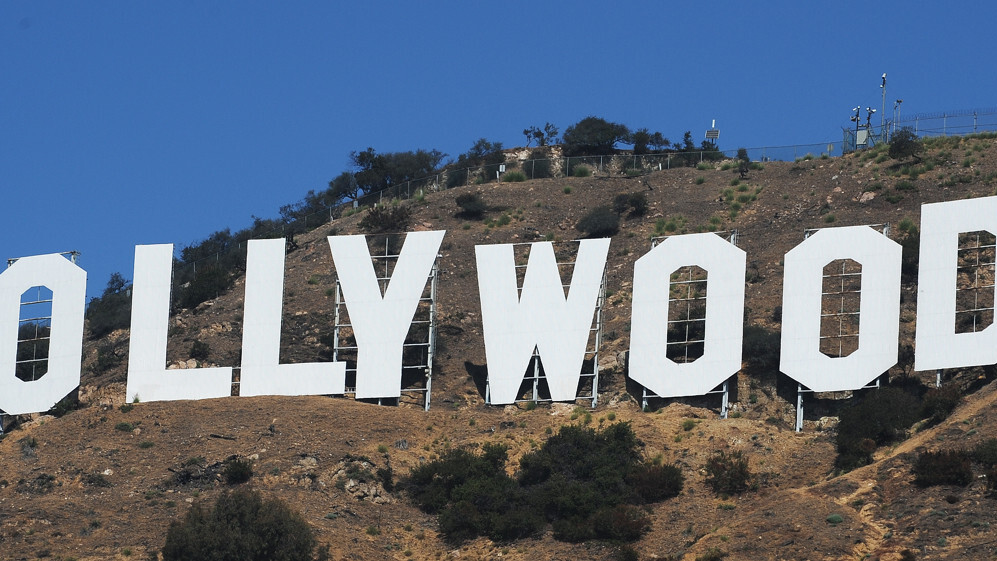
And so the end of another year and inevitably the time for tech bloggers to share their predictions for the year and naturally I’m no exception.
Here then are my thoughts on how the entertainment industry will evolve through use of technology in 2013.
1. More media streaming services become third-party ecosystems
Following the lead from Spotify, more streaming services will use their accumulated user data, combined with information available from API’s provided by the likes of The Echo Nest and Rotten Tomatoes to power apps – either within their own sphere or on mobile, where of course even more contextual data such as location or time of day is available.
For example – imagine a Netflix-powered app which could utilise users taste in genres and their favourite actors to make recommendations for forthcoming films that will be screening at their local cinema.
This evolution into third-party ecosystems will help extend streaming services’ reach across the whole range of connected devices, and even cars in 2013 as well as help attract further revenue from brands looking to appeal to audiences through recommendations and exclusive offers.
2. Through digital, publications and newspapers go international and partner industries are required to evolve too
As we have seen with Newsweek more popular publications will abandon print altogether. The more enterprising of these will use their new digital approach to tap into potential revenue streams from outside their traditional territories. A more internationally orientated approach will also continue to be adopted by newspapers – as we’ve seen in the case of Mail Online, which has successfully extended its reach beyond the UK in recent times.
As you’d expect, this rapid shift to online will require those who depend on and work closely with this sector, namely advertisers and PR, to consider how to change the way they work to ensure it fits the needs of media organisations whose targets now include clicks and pageviews in addition to sales and subscriptions.
3. Social data begins to influence decision-making in the entertainment industry
The recent announcement of the partnership between Twitter and Nielsen points to the likely adoption of social data as a key influencer in the entertainment sector.
Whilst that partnership will mainly be of benefit to advertisers, it’s entirely possible that social sentiment will also influence content. For instance the attitude towards certain characters in TV series could affect their storylines going forward or the production of a sequel to a Hollywood film could be decided on current and historical social sentiment towards its leading actors.
Whilst it may take some time to become the norm, this utilisation of social data is something of a blessing to an industry which has had to rely on sampling and tickets sales to gain understanding of audience perceptions in the past.
4. The second screen gains further popularity, supported by advertising
It’s undeniable that 2012 was the year when the possibilities of using mobile devices alongside television viewing started to be considered and I fully expect the adoption of the ‘second screen’ to increase considerably in 2013 as audiences beyond the tech-savvy become aware of its benefits and tablet use becomes widespread.
Whilst currently most second screen interactions revolve around web browsing or social media, it’s likely that more interactive experiences which augment broadcast and recorded content are in the pipeline as program makers invest in new ways to engage audiences.
As with most new ventures which require considerable investment, I expect these new experiences will be heavily supported by advertising, although it remains to be seen whether brands and agencies will take a smarter, context driven approach which uses the data available from mobile devices and connected TV’s or simply continue to batter audiences with often irrelevant and annoying ads on both screens.
5. Social features in streaming platforms evolve and their reliance on existing social networks lessens
As we’ve seen with Spotify’s planned changes and the move to allow social sharing on video sites in the US, streaming services are becoming more focused on building interactions around content and ensuring these interactions are highly visible across social channels.
The past year has seen already seen some key integrations with existing social platforms, most prominently Spotify, Netflix (outside of the US) and SoundCloud’s use of Facebook’s Open Graph to populate users timelines with the films, TV shows and music they’ve been enjoying.
As you’d expect, baking in social features into platforms such as these aids additional plays thanks to both discovery and recommendation whilst ensuring visibility on popular social channels such as Facebook and Twitter speeds the rate of adoption considerably too.
In 2013, I expect more streaming platforms will focus on becoming social networks in their own right to both gain some independence from the ever-changing plans of existing social platforms and keep users active within their own ecosystems.
Drawing people away from their favoured social channels simply to interact around content might prove a challenge however, and of course there is also the additional risk of upsetting social networks who are becoming less forgiving of those who set themselves up as competitors.
Image credit: AFP / Getty Images
Get the TNW newsletter
Get the most important tech news in your inbox each week.




